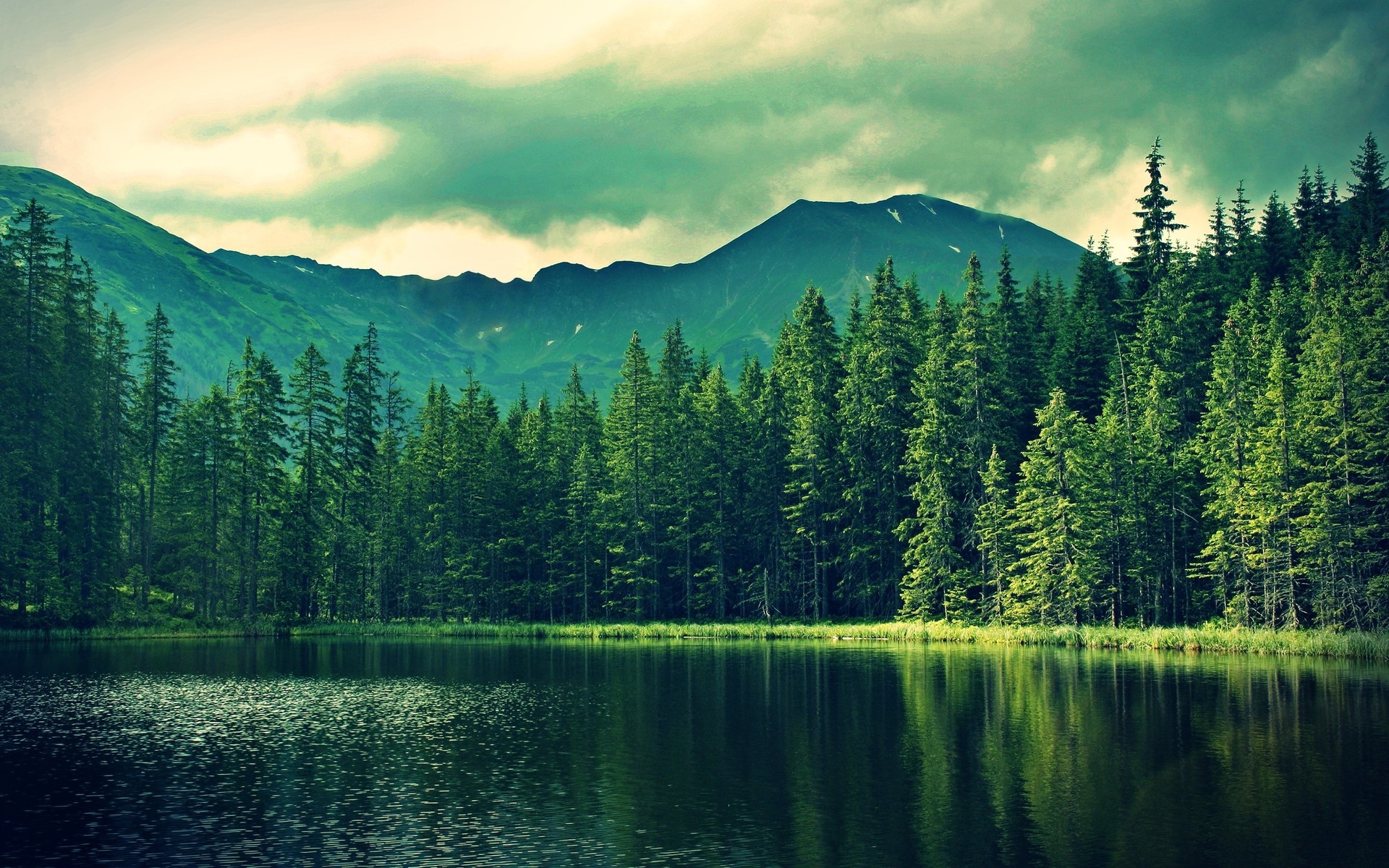Forest Escapes: 5 Beautiful Hiking Trails in Grayling – Michigan

Grayling, Michigan, is an exquisite enclave nestled amidst lush forests and tranquil waterways, serving as an ideal destination for outdoor enthusiasts and nature aficionados. The dense woods provide a captivating backdrop for exploration, replete with hiking trails that vary in difficulty and scenery. This article delves into the unique experiences offered by five remarkable hiking trails in and around Grayling, elucidating their features and the deeper enchantment they evoke.
Recapitulating the allure of hiking, it often elicits a sense of adventure and communion with nature that resonates profoundly with those who embark on these journeys. The trails in Grayling exemplify this phenomenon; they invite both introspection and exhilarating physical engagement. The following trails represent a synthesis of natural beauty, biodiversity, and the quiet opportunity for reflection.
1. Hartwick Pines State Park: Old Growth Trail
Address: 4216 Hartwick Pines Rd, Grayling, MI 49738
A veritable sanctuary of natural splendor, Hartwick Pines State Park boasts a celebrated Old Growth Trail. The trail spans approximately 2.5 miles, weaving through a remnant of ancient forest characterized by towering pines and verdant underbrush. As visitors traverse the path, they encounter trees that have stood for over a century, creating a majestic canopy that filters sunlight into ethereal beams.
This trail not only offers a visual feast but also serves as an educational expedition. Interpretive signs dot the path, providing insights into the ecological significance of the old-growth forest. The subtle shifts in terrain—from flat stretches to gentle inclines—cater to a variety of hiking proficiencies, making it an inclusive trail for families and seasoned hikers alike. The stillness of the environment invites contemplation and a deep-seated appreciation for nature’s timelessness.
2. Au Sable River Trail
Address: 451 E. Michigan Ave, Grayling, MI 49738
The Au Sable River Trail presents an entirely different experience, meandering alongside one of Michigan’s most revered rivers. This 3-mile trail offers a varying terrain with panoramic vistas of the river’s meandering course. Hikers are greeted by the dulcet sounds of water flowing over rocks and the rustling of leaves—an auditory backdrop that enriches the experience.
What sets this trail apart is its accessibility; it can be navigated on foot, by bicycle, or even on horseback. The opportunity for fishing adds an element of adventure, allowing visitors to immerse themselves in the river’s bounty. Scenic overlooks punctuate the trail, enabling hikers to pause and absorb the serene beauty of the surrounding wilderness. This connectivity with the Au Sable River resonates with individuals seeking not just physical activity but also a profound connection to Michigan’s natural heritage.
3. Manistee National Forest: Seaton Creek Trail
Address: 9250 S. Gahler Rd, Grayling, MI 49738
Venturing further afield, the Seaton Creek Trail in the Manistee National Forest showcases the dynamic interplay between land and water. Spanning roughly 4.5 miles, this trail leads hikers through densely wooded areas interspersed with shimmering wetlands. The rich biodiversity found here is a testament to the forest’s ecological resilience, offering glimpses of various flora and fauna.
Along the trail, the tranquility of the forest is occasionally interrupted by the jovial sounds of wildlife. The juxtaposition of the quiet woods with the lively creek fosters a profound connection to the environment. Hikers often find themselves reflecting not just on nature but on their own journey—both metaphorically and physically. This introspective element, combined with the trail’s moderate difficulty, provides an ideal setting for self-discovery.
4. North Country Trail: Grayling Section
Address: 1760 Houghton Lake Rd, Grayling, MI 49738
As part of the extensive North Country National Scenic Trail, the Grayling section offers a unique opportunity to traverse a segment of a larger narrative. Stretching approximately 5 miles, this trail is characterized by its varied topography, which includes hills, valleys, and dense groves of hardwoods. The rich tapestry of the landscape invites hikers to engage with a multitude of ecosystems, each with its own distinctive character.
The North Country Trail is particularly significant for those who appreciate long-distance hiking, as it represents a continuum of nature that stretches across multiple states. This vast interconnectedness of trails fosters a communal spirit among hikers, creating shared experiences and stories that bind them together. The Grayling section serves as a microcosm of this larger adventure, appealing to both leisure hikers and those in search of a more demanding trek.
5. Albino Lake Path
Address: 2000 W. M-72, Grayling, MI 49738
Concluding this exploration of Grayling’s hiking opportunities is the serene Albino Lake Path, a lesser-known yet equally charming trail. This path meanders around Albino Lake, offering a tranquil 2-mile loop rich in scenic vistas and opportunities for wildlife observation. The trail’s etymology stems from the unique natural features surrounding it, lending an air of intrigue.
Walking this path feels like stepping into a secluded world, where the hustle of daily life dissipates into the melodious sounds of nature. The murmurs of the lake combined with the rustle of leaves creates a symphony that is both calming and invigorating. Hikers often find that this tranquil path not only encourages physical activity but also cultivates mindfulness—a rare blend in today’s fast-paced society.
In conclusion, Grayling, Michigan, stands as a testament to the allure of hiking trails that blend natural beauty with opportunities for introspection and connection to the environment. Each trail showcases a unique facet of the region’s ecological and cultural heritage, inviting adventurers to explore not just the trails but also their own inner landscapes. Embracing these forest escapes fosters a profound appreciation for the intricate relationship between humanity and nature, underscoring the importance of preserving these natural sanctuaries for generations to come.
